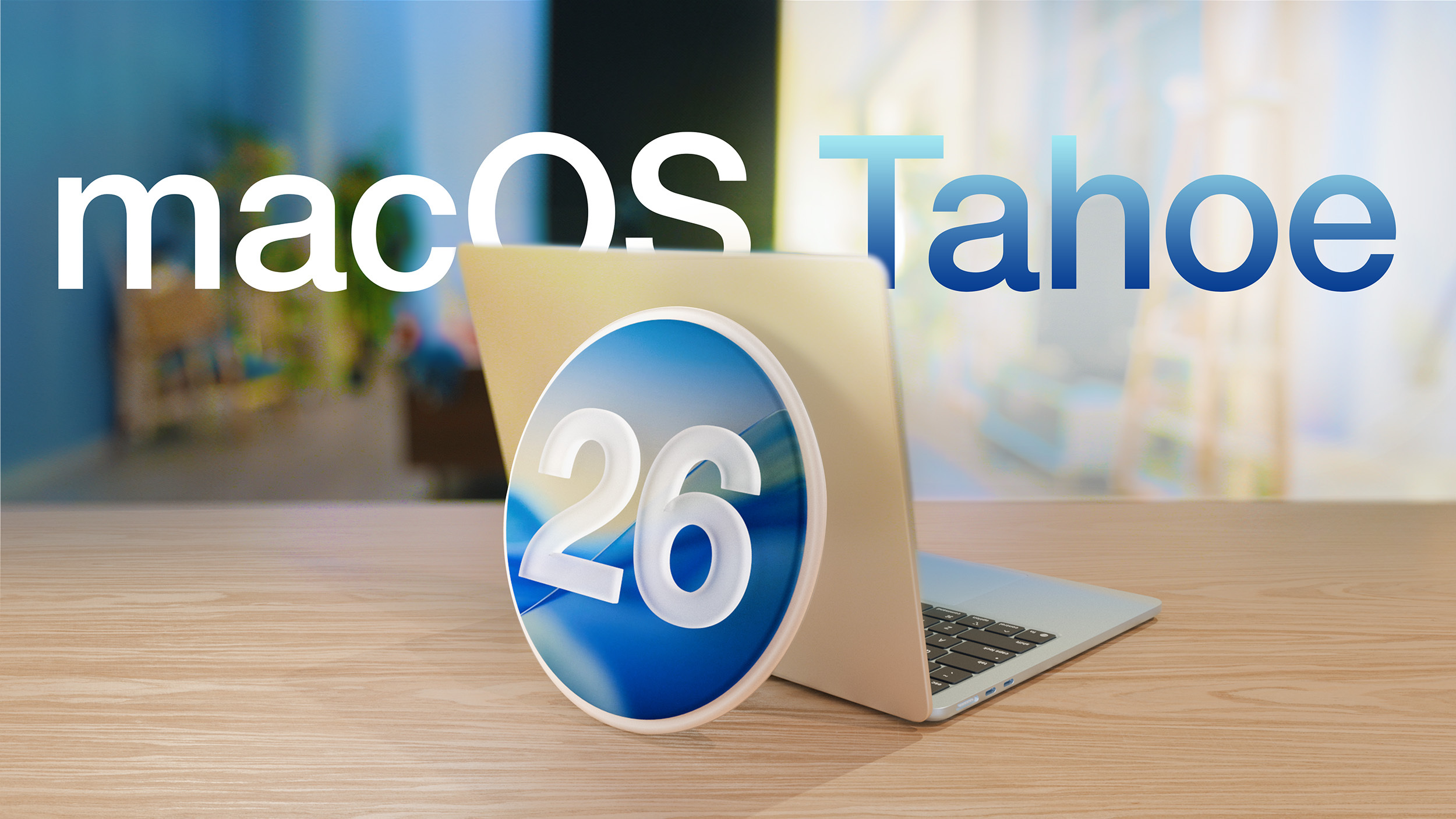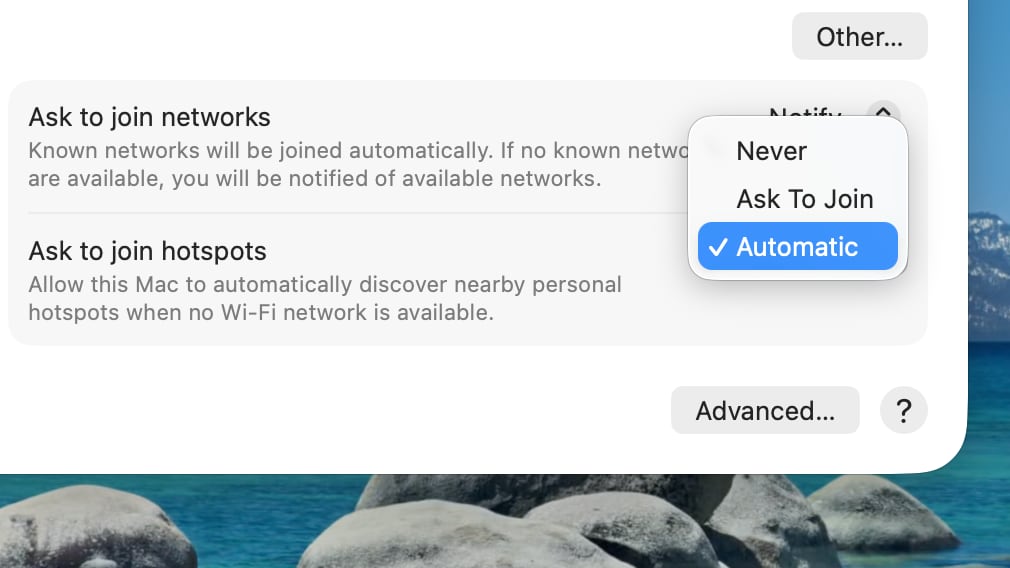Apple in October 2024 overhauled its 14-inch and 16-inch MacBook Pro models, adding M4, M4 Pro, and M4 Max chips, Thunderbolt 5 ports on higher-end models, display changes, and more. That's quite a lot of updates in one go, but if you think this means a further major refresh for the MacBook Pro is now several years away, think again.
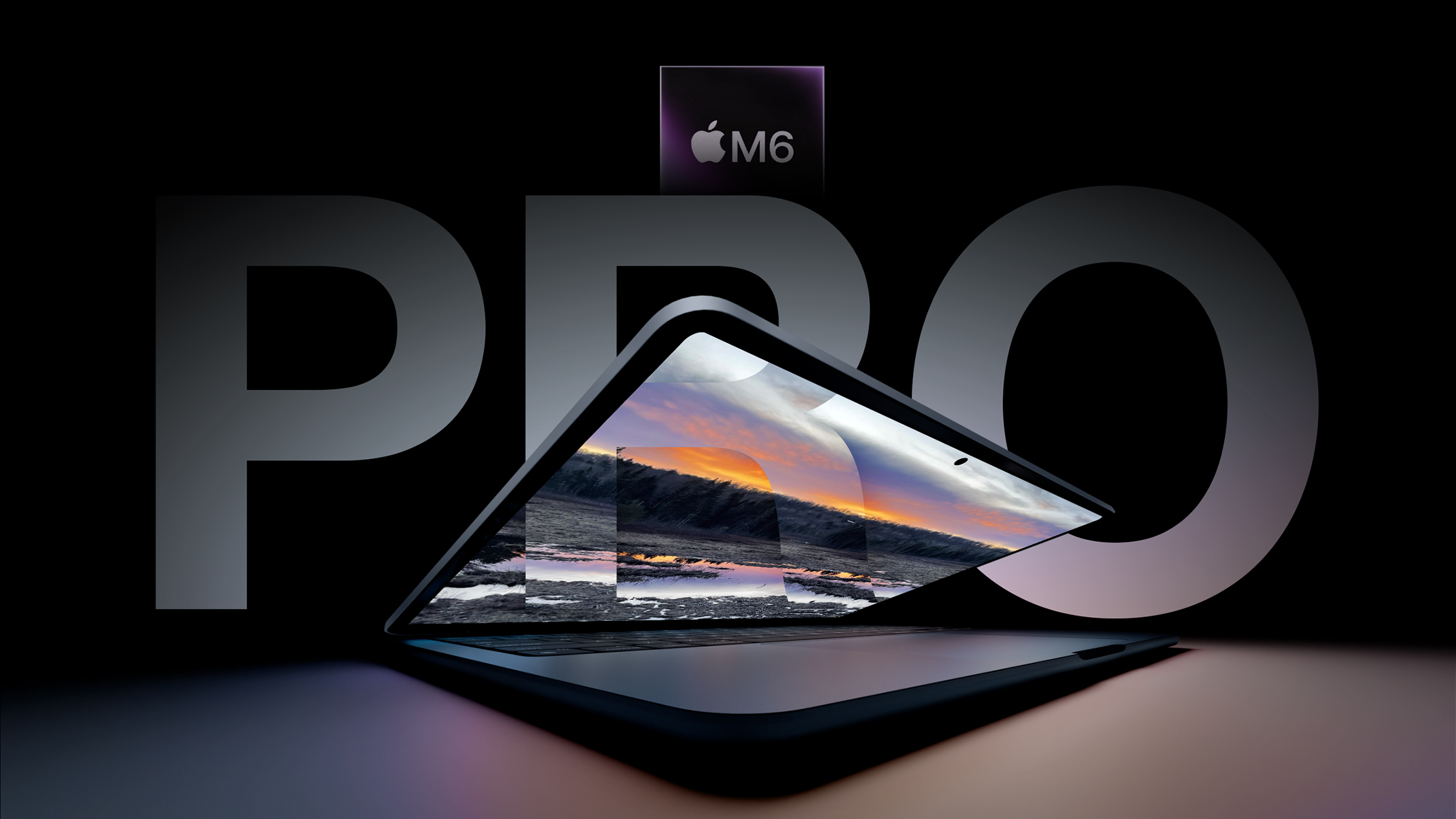 Bloomberg's Mark Gurman
Bloomberg's Mark Gurman has said he expects only a small performance boost for the next MacBook Pro refresh when new models with M5 chips
arrive likely early next year, while the "true overhaul" for the laptop will come further down the line – either in late 2026 or early 2027. So if you are planning to skip the M5 MacBook Pro, or you're just plain curious about what's two generations away, here are the biggest changes rumored to be coming to Apple's premium laptop line.
OLED Display
Goodbye, mini-LED
Several rumors have indicated that Apple is developing MacBook Pro models with OLED displays. Research firm Omdia in May 2024
claimed Apple is "highly likely" to introduce new MacBook Pros featuring OLED displays next year, while display analyst Ross Young in September 2024 said that Apple's supply chain is expected to have sufficient notebook-optimized OLED display production capacity in 2026 to
bring the technology to MacBook Pro.
Bloomberg's Mark Gurman has said he
expects the MacBook Pro to gain an OLED display "between the end of 2026 and early 2027." Compared to current MacBook Pro models that use mini-LED screens, the benefits of OLED technology would include increased brightness, higher contrast ratio with deeper blacks, improved power efficiency for longer battery life, and more.
Thinner, Lighter Laptop
Major Redesign
The switch to OLED displays could allow future MacBook Pro models to have a thinner design, and rumors suggest that is indeed what Apple intends. When the M4 iPad Pro was unveiled in May 2024, Apple touted it as the company's thinnest product ever.
Bloomberg's Mark Gurman subsequently called the iPad Pro the "beginning of a new class of Apple devices," and said Apple was working to make the MacBook Pro thinner over the "next couple of years." Apple is reportedly focusing on delivering the thinnest possible device without compromising on battery life or major new features.
Notably, the MacBook Pro got thicker and heavier with its most recent redesign in 2021. A major highlight was the reintroduction of several ports that were removed in previous iterations in favor of chassis thinness. How Apple will make its redesigned MacBook Pro thinner without removing the functionality it reintroduced fairly recently is the big question.
Punch-Hole Camera
No More Notch
If you are fed up of the notch intruding on your Mac display, here's some good news. Apple plans to remove the notch from the redesigned MacBook Pro, according to a roadmap shared by research firm
Omdia. The roadmap indicates that redesigned 14-inch and 16-inch MacBook Pro models will have a hole-punch camera at the top of the display, rather than the notch we've become accustomed to. A MacBook Pro without a notch would offer additional visible pixels on the screen, creating a more uninterrupted and cohesive display design.
Such a move would mirror Apple's iPhone evolution, since the iPhone's notch became the current Dynamic Island starting with the iPhone 14 Pro models in 2022. It's unclear whether the MacBook Pro would include Dynamic Island functionality or simply adopt the visual design, but the change would at least address long-standing user complaints about the notch, which physically ingresses into the macOS menu bar.
5G Modem
Cellular Connectivity
Earlier this year, Apple introduced the C1, its custom-built 5G modem chip which debuted in the entry-level iPhone 16e. More recently, Apple debuted the iPhone Air equipped with a
new C1X chip, which is up to 2x faster than the C1. According to Apple, the C1X is the most power-efficient modem in an iPhone. According to
Bloomberg's Mark Gurman, Apple is considering
bringing cellular connectivity to the Mac lineup for the first time. The company is said to be "investigating" the possibility of adding a second-generation C2 modem chip to a future Mac as soon as 2026, teasing the potential for a cellular MacBook Pro in the same year. The C1 and C1X modem chips are limited to sub-6GHz 5G speeds, but the
second-generation version will support faster mmWave technology, according to Gurman.
M6 Series Chip
2nm Process
Before the MacBook Pro's major redesign, Apple plans to update the lineup with M5 series chips, likely in early 2026. The chips will be manufactured with TSMC's third-generation 3nm process, known as N3P, resulting in typical year-over-year performance and power efficiency improvements compared to the M4 series of chips. However, Apple's redesigned MacBook Pro models are expected to boast M6 chips, which could adopt a completely new packaging process.
According to one
rumor, Apple's A20 chip in next year's iPhone 18 models will switch from the previous InFo (Integrated Fan-Out) packaging to WMCM (Wafer-Level Multi-Chip Module) packaging. WMCM integrates multiple chips within the same package, allowing for the development of more complex chipsets. Components such as the CPU, GPUs, DRAM, and Neural Engine would therefore be more tightly integrated. While we don't know for sure, this could see Apple develop the M6 using the 2nm process while taking advantage of WMCM packaging to make even more powerful versions of its custom processor.
Touch Screen Display
On-Cell Touch Technology
Apple's first OLED MacBook Pro will feature a touch screen display, according to the latest from
Apple analyst Ming-Chi Kuo. The analyst say the panel with us on-cell touch technology. On-cell touch technology integrates the touch sensors directly into the display panel's top layer (the "cell") rather than requiring a separate, dedicated touch layer. Kuo says that the shift "appears to reflect Apple's long-term observation of iPad user behavior, indicating that in certain scenarios, touch controls can enhance both productivity and the overall user experience." The analyst says the OLED-equipped MacBook Pro with touch screen is set to enter mass production next year.
This article, "
Apple's Rumored MacBook Pro Redesign: 6 New Features Anticipated" first appeared on
MacRumors.comDiscuss this article in our forums




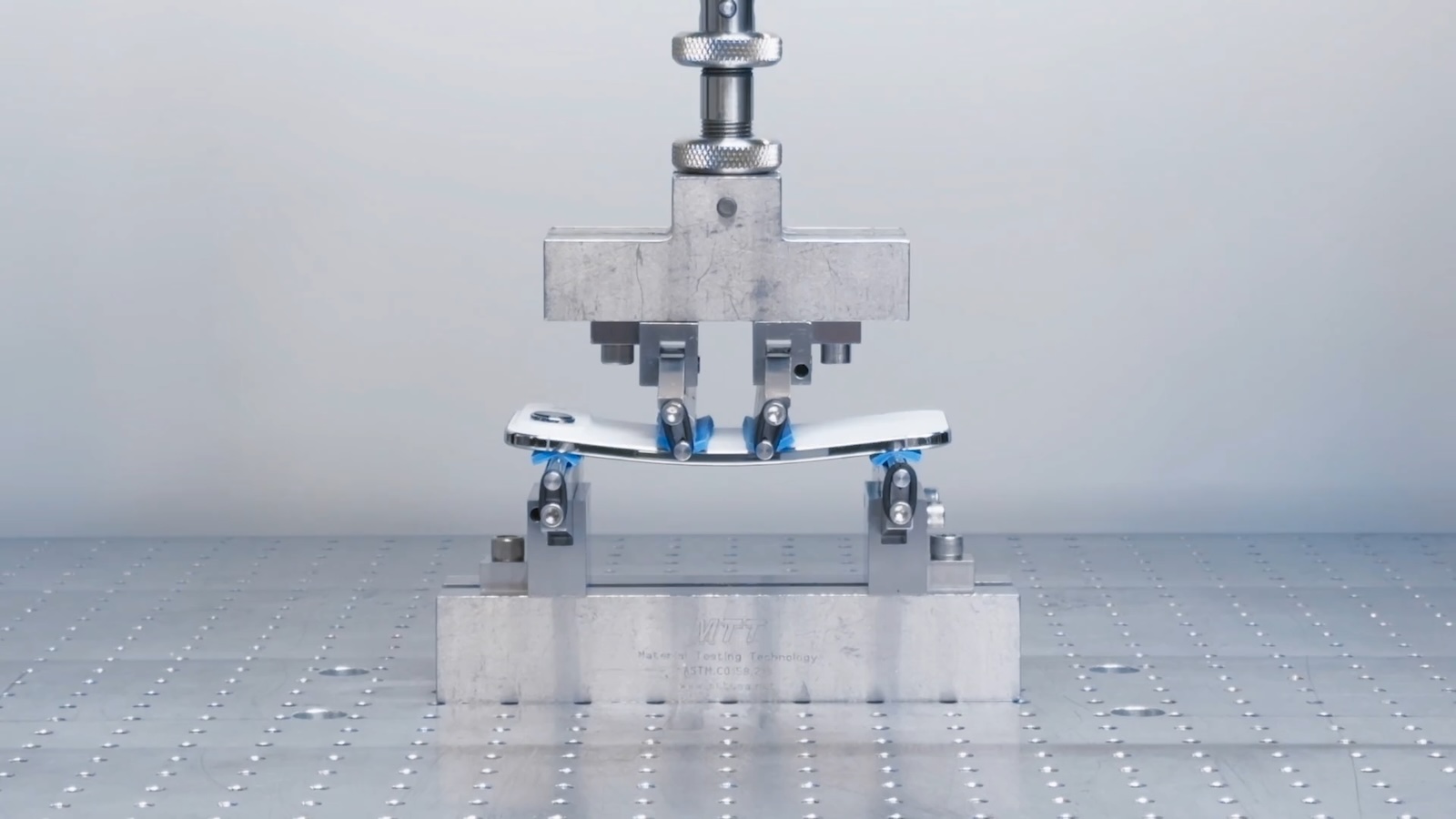



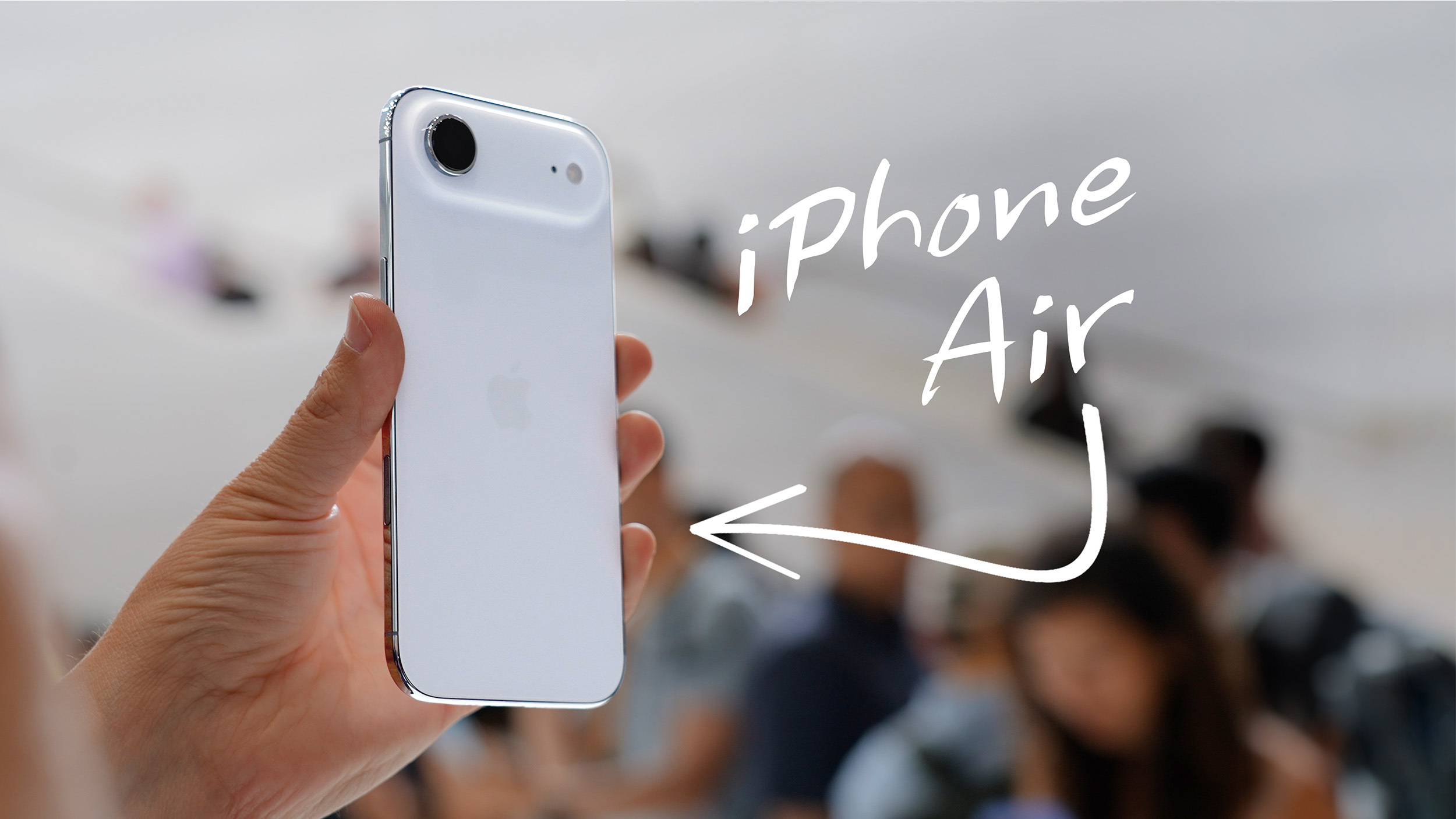


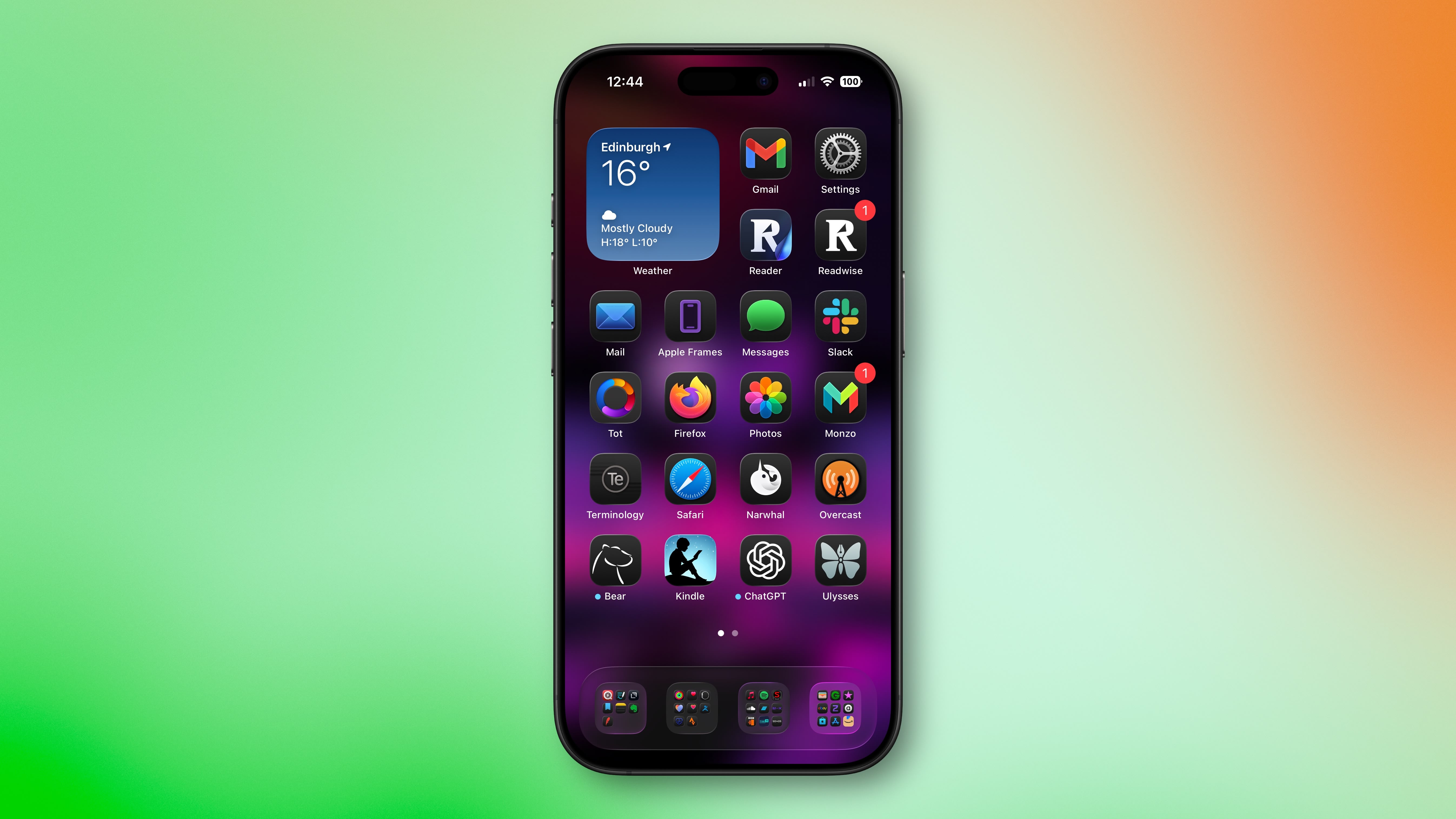







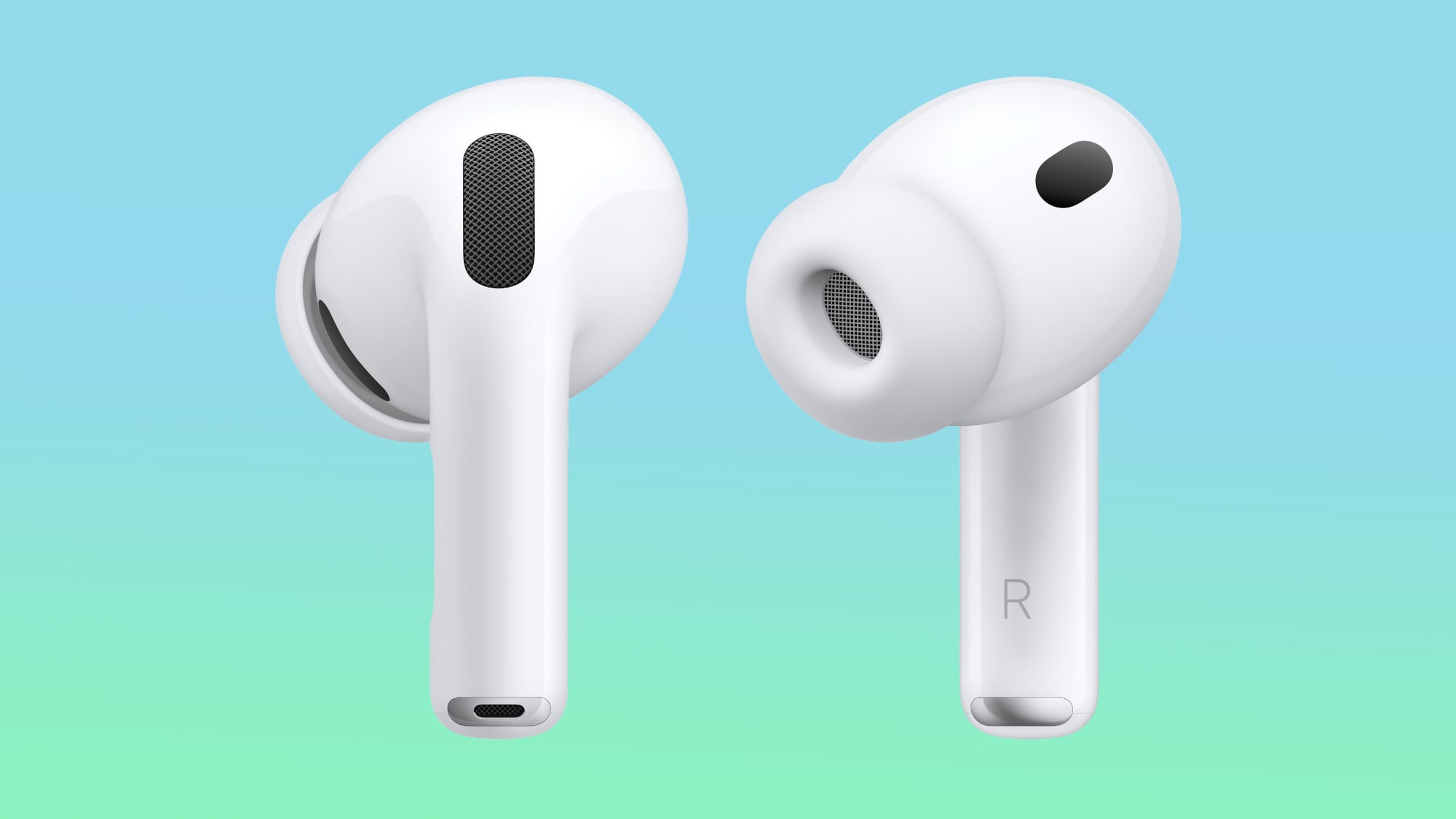
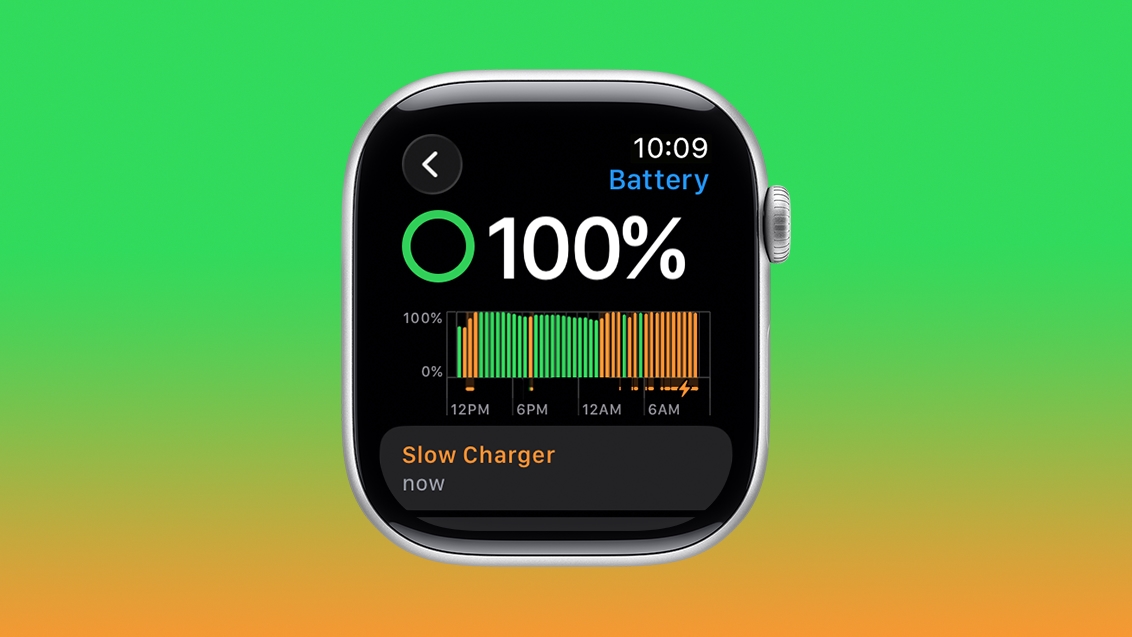
 Note: MacRumors is an affiliate partner with Amazon. When you click a link and make a purchase, we may receive a small payment, which helps us keep the site running.
Note: MacRumors is an affiliate partner with Amazon. When you click a link and make a purchase, we may receive a small payment, which helps us keep the site running.
